
Orchestrating A Beatles Show
The Beatle Boys upped the ante for tribute bands everywhere by adding orchestral backing to their live show.
If you’re in a band, I guess it’s the ultimate compliment knowing there are people out there who play covers of your songs. It’s also pretty flattering to think that’s all some groups do — play your music. But does it get creepy when they try to look the same as you? Dress the same? Mimic your facial hair?
Sure, tribute bands can be cringeworthy, but there are some that do more than just replicate the look of their icons. The Beatle Boys from Sydney are one such group; they’re a four-man outfit that sounds the part as much as they look it. While I’m sure it would positively freak John Lennon out meeting his impersonator (who looks uncannily similar), it’s hard not to feel like these guys are the real deal when you hear them live.
These days The Beatle Boys are going above and beyond, augmenting the band’s original arrangements with orchestral backing for their The Beatles Orchestrated stage show.
The original arrangements were written by renowned conductor George Ellis, and during the Australian tour Ellis hand picked each of the city’s 30-plus orchestra members himself. AT attended the Melbourne show in Hamer Hall; it was a sell-out gig with an audience of over 2000 in a venue that puts a stamp of authenticity on anyone that plays there. Dean Lovell was at the helm of a Yamaha CL5 console, mixing the show over the Arts Centre’s Meyer Mylo line array system.
FILL UP THE FRONT
A series of Meyer M1D line array elements line the stage as front fills for the orchestral pit which was an overflow seating area for The Beatles Orchestrated. You’ve got to show off your orchestra if you’ve got one.

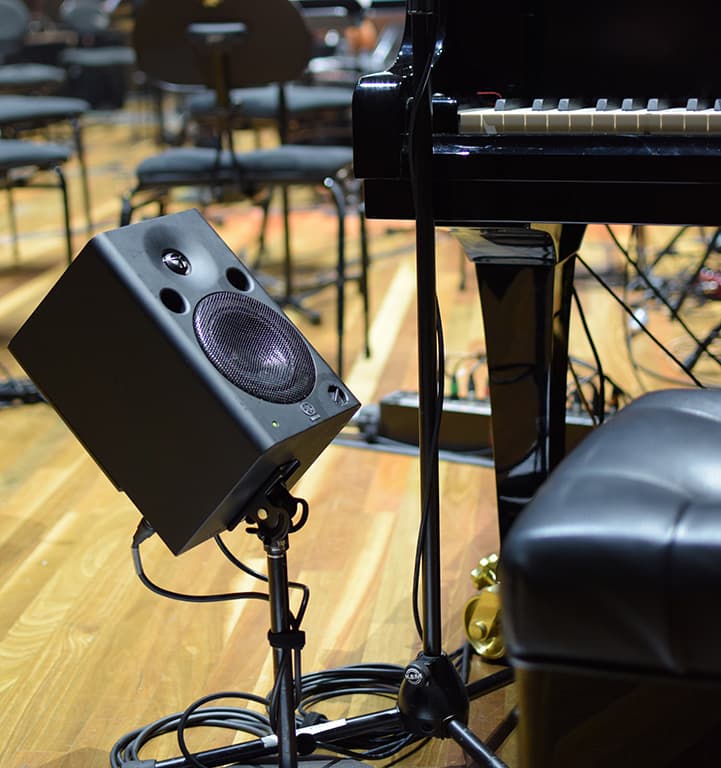
PERSONAL MONITORS
Yamaha MSP5 speakers are dotted about the stage providing personal monitoring for the pianist, key orchestra members, and conductor. The band uses IEMs. Lovell takes care of both FOH and monitor mixing, and with 13 individual sends, he’s got his work cut out for him.
56 IN, 48 OUT
Familiarity is the main reason Lovell sticks to Yamaha consoles. The CL5 manages 56 inputs that come in via a Dante-enabled stage box. Some orchestral inputs are submixed down to stereo before the whole lot goes into a 48-channel Tascam X-48 standalone multi-track recorder.


ONE-MIC JOBS
The classic AKG C414 ULS is perched over the timpani. Lovell mikes all orchestral instruments in mono only. A Neumann KM100 is gaffed to the bridge of the closed-lid Yamaha grand piano and the harp is also miked with a single KM100
Neumann KSM105s are the vocal mics of choice for the band, and each is named according to its Beatles member. This one on stage right is dubbed ‘the McCartney mic’.

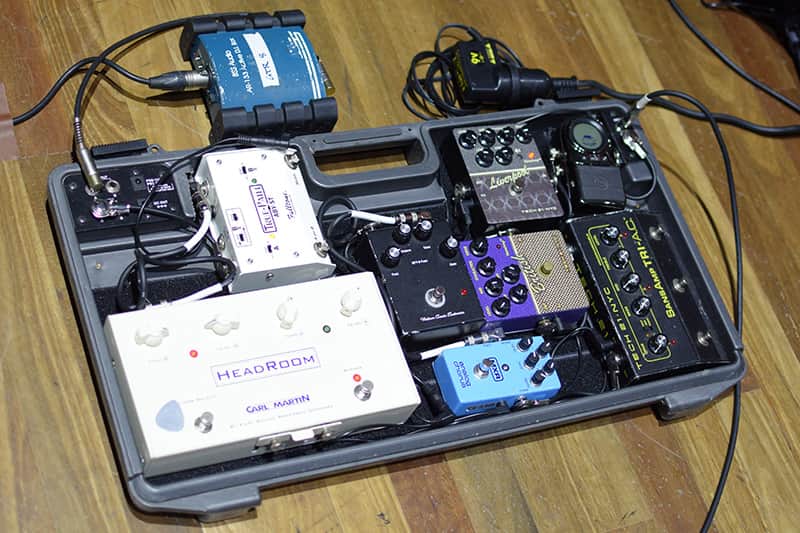
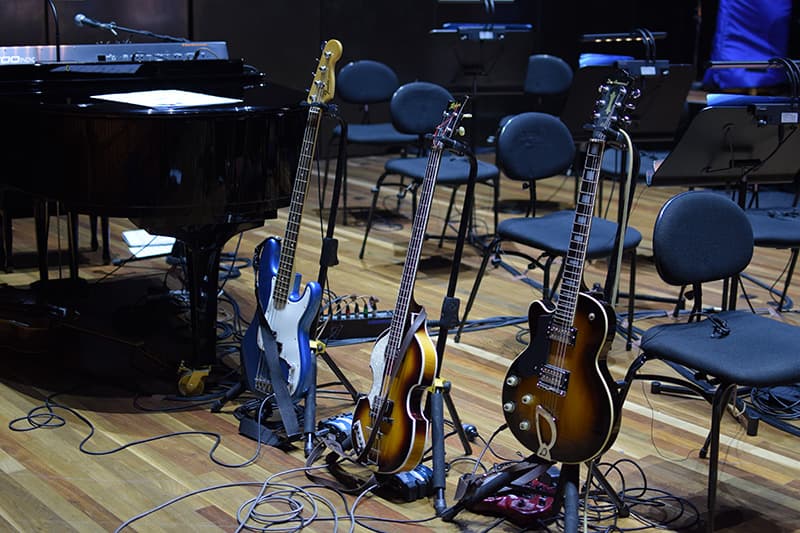
ZERO AMP STAGE
The electric guitars feed directly into the console — one through a Line 6 POD HD500X processor, and the other through a pedal board equipped with Tech21 amp simulator boxes. The bass guitars are also DI’d direct. Lovell says having amps on stage would make life difficult for the orchestra and conductor.

Lovell is a big fan of the Beyerdynamic TG Drum Set Pro microphone pack. The drum kit calls for just five mics: the TG70d on kick, TGI53c small diaphragm condenser on hats, and the TG58c clip-on condensers on snare and toms.

Two ground stacks of five Meyer M’elodie array elements flank the stage as side fills, along with a Meyer UPA-2P point source loudspeaker and companion sub.


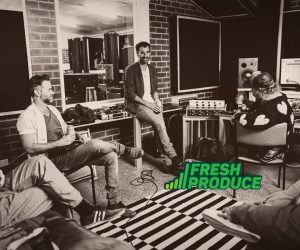


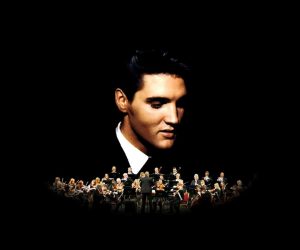










RESPONSES